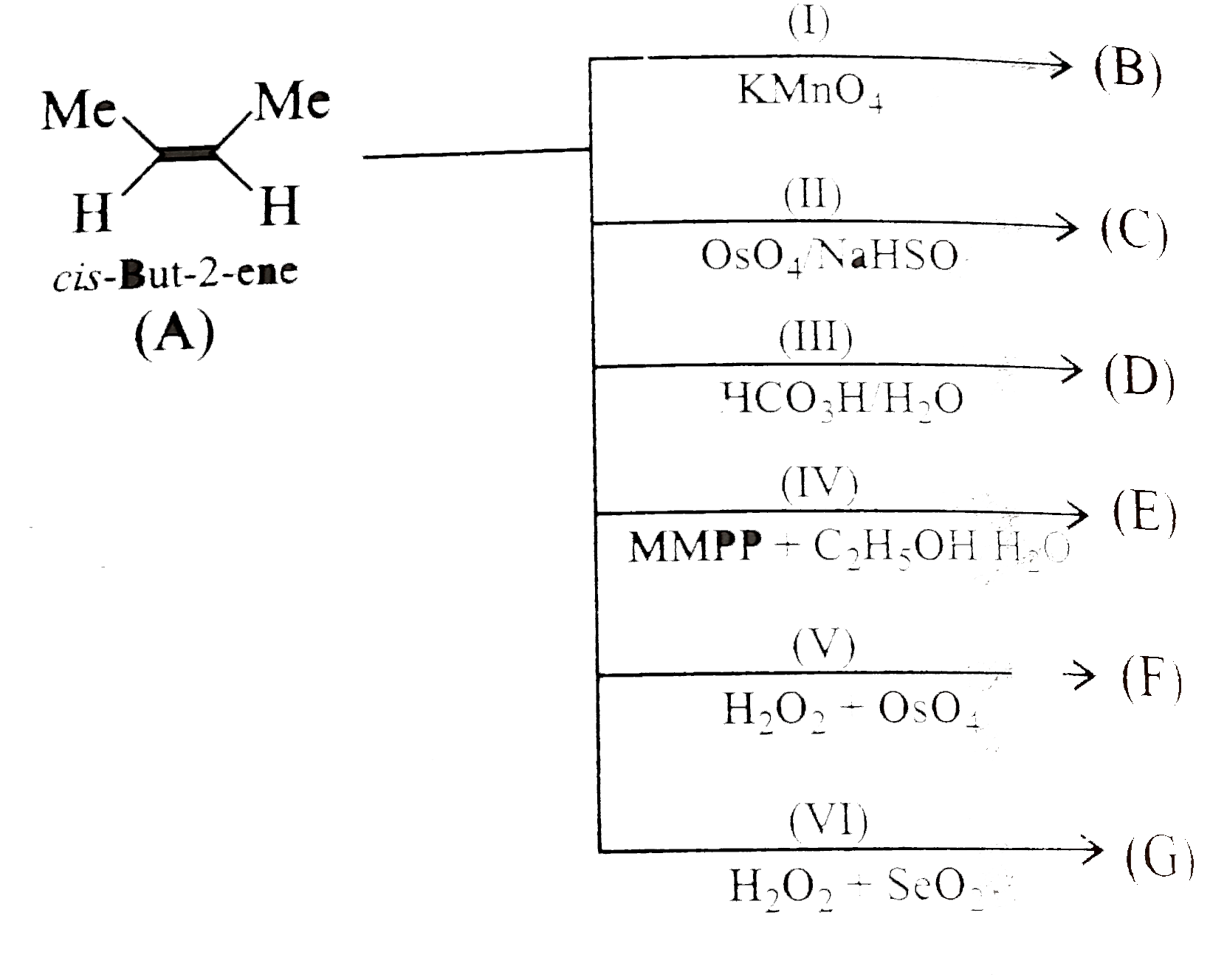Which of the following is pseudo-unimolecular reaction ?
2H2O2→2H2O+O2
C6H5N2Cl+HOH→C6H5OH+N2+HCl
CH3COOC2H5+NaOH→CH3COONa+C2H5OH
2O3+3O2
The correct Answer is:B
Step by step video & image solution for Which of the following is pseudo-unimolecular reaction ? by Chemistry experts to help you in doubts & scoring excellent marks in Class 12 exams.
Similar Questions
In pseudo-unimolecular reactions :
View SolutionWhich of the following is pseudo alum ?
View SolutionWhich of the following is/are examples of unimolecular reactions?
View SolutionWhich of the following is/are pseudo solid ?
View SolutionWhich of the following are Pseudo halid
View SolutionIn any unimolecular reaction
View SolutionWhich of the following reactions is not a redox reaction?
View SolutionWhich of the following reactions represents SN reaction ?
View SolutionConsider the following reactions :

Which of the following are stereospecific reactions ?View SolutionConsider the following reactions :

Which of the following are stereospecific reactions ?View Solution


